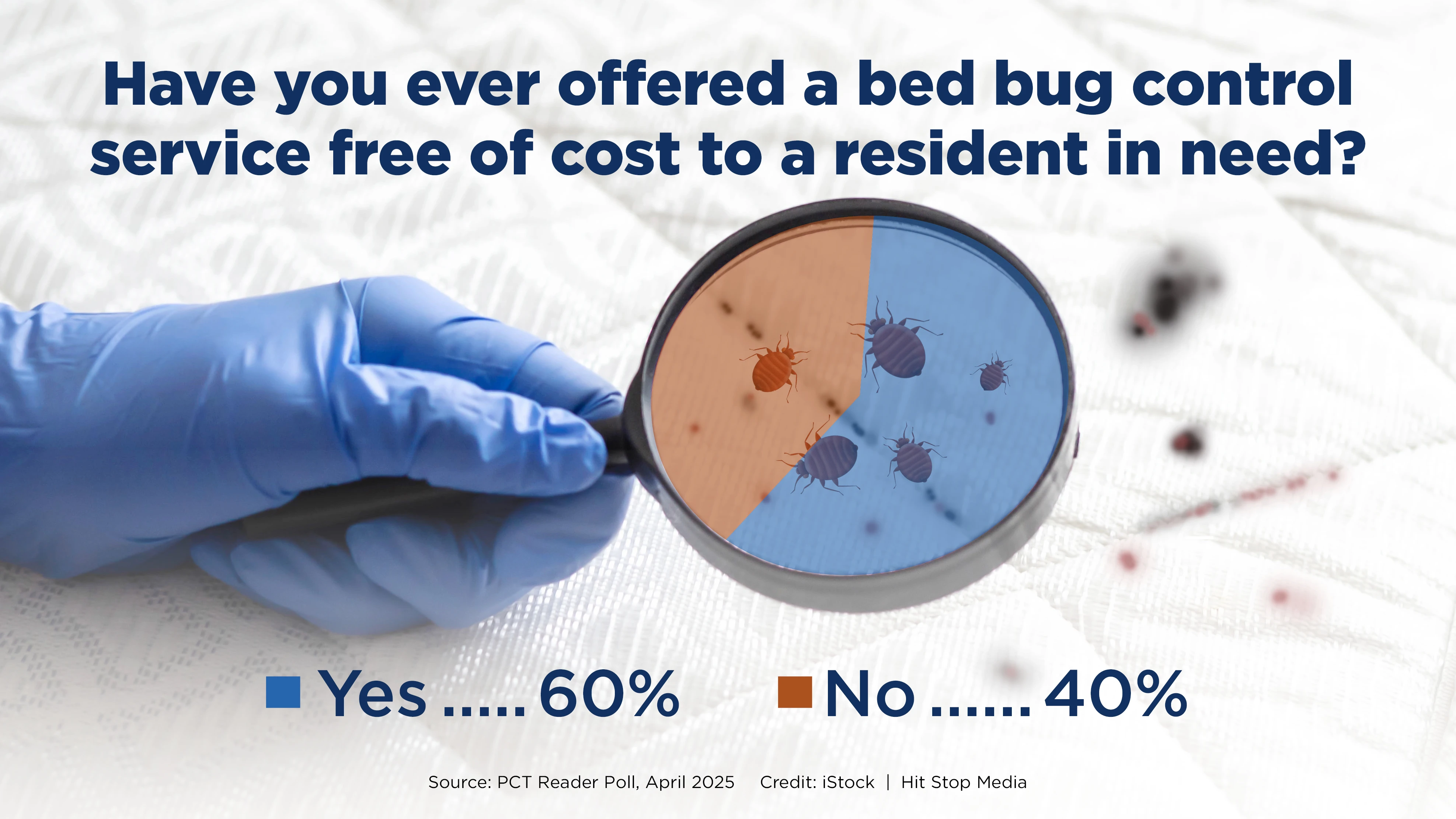
In many animal species, physical battles and other aggressive acts determine a certain “pecking order.” In the world of ants, fights that involve biting and restraining often determine winners and losers.
But what about battles that do not result in a pecking order, but instead lead to groups of winners and losers? Does this require a new type of aggressive interaction?
“We were curious as to whether dueling behavior in ants results in a winner and a loser, or if it is a winner-winner interaction that allows workers to express aggression without requiring a loser,” said Jürgen Liebig, associate professor at Arizona State University’s School of Life Sciences and senior author of a new study published in the current online issue of American Naturalist.
To help answer this question, the researchers developed a new computer model to manipulate several ant behaviors and to see how they affected the social structure of a colony. This model explains the complexity and diversity of social hierarchies in ants.
The scientists began by examining the behaviors and social hierarchy of the Indian jumping ant (Harpegnathos saltator). When a colony’s queen dies, the female workers engage in ritual fights to establish dominance. Although these battles can be fierce, they rarely result in physical injury to the worker ants. Ultimately, a group of approximately 10 workers will establish dominance and become a cadre of worker queens called “gamergates.”
A social hierarchy like this is called a “shared-dominance hierarchy.” Other ant societies establish pecking orders in which one individual is dominant and all others share a subordinate status.
Source: Arizona State University Press Release
Get curated news on YOUR industry.
Enter your email to receive our newsletters.Loading...
Latest from Pest Control Technology
- Target Specialty Products Expands Sales Leadership Team
- FORSHAW Announces Julie Fogg as Core Account Manager in Georgia, Tennessee
- Envu Introduces Two New Innovations to its Pest Management Portfolio
- Gov. Brian Kemp Proclaimed April as Pest Control Month
- Los Angeles Ranks No. 1 on Terminix's Annual List of Top Mosquito Cities
- Kwik Kill Pest Control's Neerland on PWIPM Involvement, Second-Generation PCO
- NPMA Announces Unlimited Job Postings for Members
- Webinar: Employee Incentives — Going Beyond the Annual Raise






